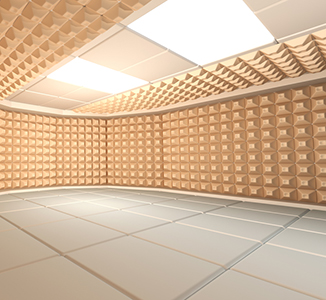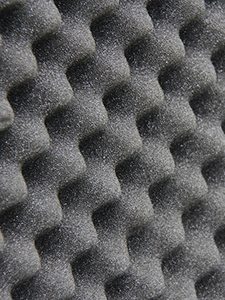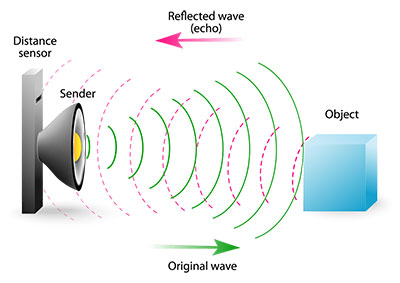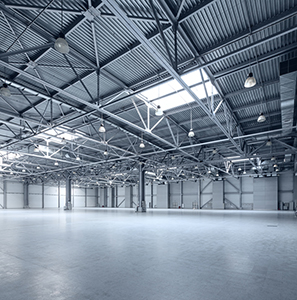Learn
How Sound Travels: Transmission, Reflection, and Absorption
Let's examine the transmission passing through , absorption waves not being allowed to pass through , and reflection bouncing back of sound waves.
Sound is usually begun by an object's vibration. This vibration causes the molecules in the air to collide. This causes a series of collisions in the molecules of the air (or any other media), which are passed along through the air (or liquid or solid or whatever sound is traveling through).
Open Longitudinal Waves in a new window
Note: The presentation may take a moment to load.
Hands-On Activity
Try this at home to "see" how sound waves are passed along though the air through the collision of molecules.
Step 1: Stretch a piece of plastic wrap across a large bowl. Make sure it is stretched tight! You can tape down the sides if needed.
Step 2: Scatter some pieces of rice across the top of the plastic wrap.
Step 3: Take a large metal pot or pan and bang it with a spoon (Warn any other people in the room before doing this step) near the bowl. Watch the pieces of rice. You can try varying how close you are to the bowl and how hard you hit the pot as well.
What did you notice about the rice?
In the Hands-On activity, you should have noticed the rice pieces moving slightly after you hit the pot. This is because the sound waves created by your hit traveled (were transmitted) through the air by a series of molecular collisions, and these molecules eventually collided with the pieces of rice and caused them to move slightly.
For us, the molecular collisions caused by a sound wave cause colliding air particles, which eventually collide with your ear drum and cause several of our internal ear structures to vibrate. Our brain (being the amazing organ that it is) is able to interpret these vibrations as sound.
Next let's look at the absorption of sound waves. Recall that absorption means that the sound waves are not allowed to pass (be transmitted) through a medium. Remember, sound causes particles in the medium to collide. Some of the energy of the sound wave is lost to those collisions. If enough energy is lost, the sound wave cannot travel through the medium.
Even air absorbs sound. Think about if you yelled as loud as you could – someone a mile away would not be able to hear your voice. Even though air can transmit sound waves, some of the energy of the wave is lost as it makes more and more collisions and the sound would never actually reach the person standing a mile away.

Look at the following pictures and think about them in terms of how well the absorb sound. Which ones would be good at absorbing sound? Which ones would be better at transmitting sound?



Finally, let's look at sound reflection. This is almost the same as light waves. Reflection simply means that the sound waves (which remember are simply a series of molecules colliding in a medium) are bounced back off the surface of an object.
What is neat about sound waves (and probably what you are already familiar with) is that you can continue to hear the sound after it is reflected in air. We usually refer to this as an echo, shown in the diagram below.

echo is a reflection of sound waves | Science and Technology downloaded from PBS LearningMedia, http://www.pbslearningmedia.org. Rights to use this asset expire on do not expire. Asset Copyright echo is a reflection of sound waves - ttsz - iStock - Getty Images. See full license here. See larger version of echo diagram here.
As opposed to materials we looked at previously that were good absorbers of sound, there are other materials that are good reflectors of sound. Can you think of some? Just picture some times where you can clearly hear an echo and you are probably surrounded by material that reflects sound. Some examples are found in the pictures below.

